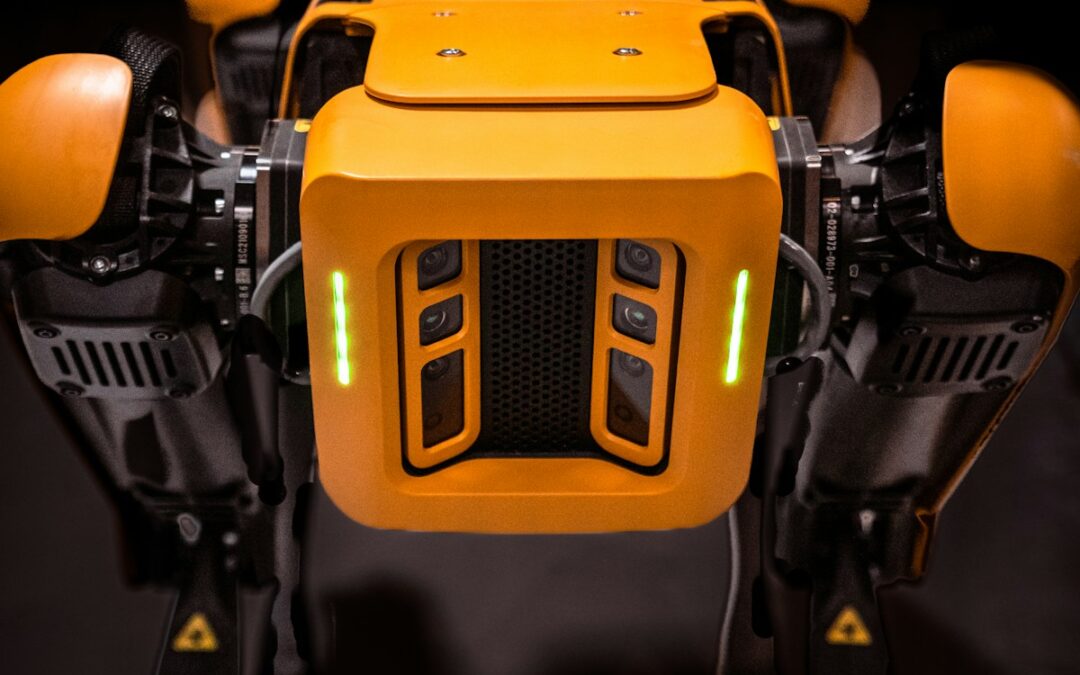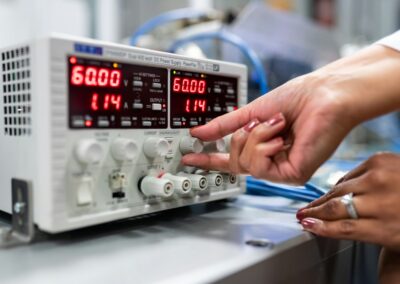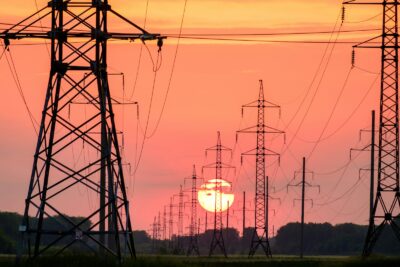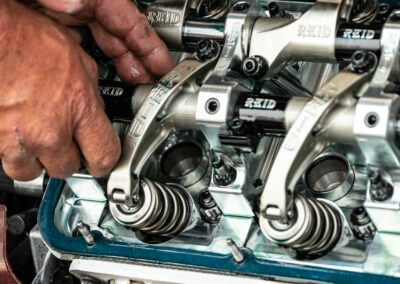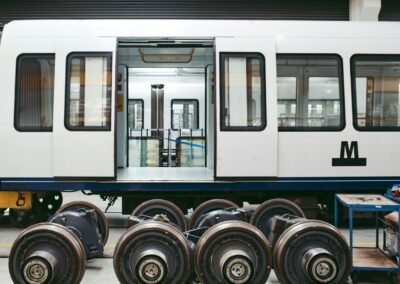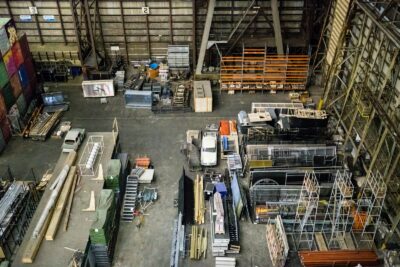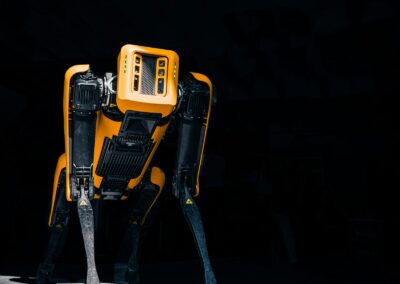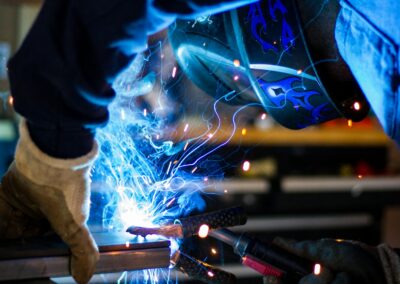Leveraging Machine Learning Algorithms for Predictive Maintenance in Manufacturing
The Role of Machine Learning in Predictive Maintenance for Manufacturing
Predictive maintenance in manufacturing has emerged as a powerful tool for businesses aiming to reduce downtime, enhance efficiency, and maintain competitive advantage, particularly in rapidly growing markets like Saudi Arabia and the UAE. The integration of machine learning algorithms into predictive maintenance processes offers a proactive approach to identifying potential equipment failures before they occur, allowing manufacturers to schedule maintenance activities at the most opportune times. This capability not only minimizes unplanned downtime but also extends the lifespan of machinery, ultimately contributing to substantial cost savings. The ability to analyze vast amounts of data in real time and predict future outcomes is a game-changer for industries in Riyadh and Dubai, where operational efficiency is paramount.
Machine learning algorithms are designed to learn from historical data and recognize patterns that indicate when a piece of equipment is likely to fail. By continuously monitoring data from sensors embedded in manufacturing equipment, these algorithms can detect anomalies that might signal impending issues. For example, changes in vibration patterns, temperature fluctuations, or unusual noise levels can all be indicators of potential mechanical failures. When these patterns are identified, the system can alert maintenance teams to take corrective action before a breakdown occurs. This approach not only ensures that maintenance is performed only when necessary but also reduces the risk of catastrophic failures that could disrupt production schedules and incur significant costs.
Moreover, the implementation of predictive maintenance through machine learning aligns with the broader goals of Industry 4.0, where the fusion of advanced technologies such as Artificial Intelligence, Blockchain, and the Internet of Things (IoT) is revolutionizing the manufacturing landscape. In regions like Saudi Arabia and the UAE, where industrial growth is a key economic driver, adopting predictive maintenance is not just about keeping machines running; it’s about staying ahead in a highly competitive global market. As manufacturers in Riyadh and Dubai continue to invest in smart technologies, the integration of machine learning for predictive maintenance becomes an essential component of their overall business strategy, ensuring that they remain resilient, efficient, and innovative.
Strategies for Implementing Predictive Maintenance Using Machine Learning
Successfully implementing predictive maintenance in manufacturing using machine learning requires a strategic approach that encompasses data collection, algorithm selection, and continuous optimization. The first step in this process is gathering high-quality data from various sensors installed across manufacturing equipment. This data, which includes temperature, pressure, vibration, and more, serves as the foundation for building accurate predictive models. In countries like Saudi Arabia and the UAE, where manufacturing facilities often operate at scale, the sheer volume of data generated can be overwhelming. Therefore, investing in robust data management systems that can handle large datasets and ensure data integrity is crucial.
Once the data is collected, the next step is selecting the appropriate machine learning algorithms that can analyze this data and generate accurate predictions. There are various algorithms available, each with its strengths and weaknesses depending on the specific application. For instance, supervised learning algorithms, which require labeled data to train the model, are often used when historical failure data is available. On the other hand, unsupervised learning algorithms can be useful in identifying unknown patterns and anomalies without the need for labeled data. In the context of manufacturing in Riyadh and Dubai, where equipment reliability is critical, selecting the right algorithm can make the difference between a successful predictive maintenance program and one that fails to deliver value.
Continuous optimization is another critical aspect of implementing predictive maintenance with machine learning. As manufacturing processes evolve and new data becomes available, it’s essential to regularly update and refine the predictive models to maintain their accuracy. This requires a commitment to continuous learning and improvement, both in terms of technology and human expertise. Executive coaching and change management services can play a pivotal role in this process by helping leaders and managers in Saudi Arabia and the UAE navigate the complexities of machine learning implementation. By fostering a culture of innovation and adaptability, businesses can ensure that their predictive maintenance initiatives remain effective and aligned with their overall strategic goals.
In conclusion, automating predictive maintenance in manufacturing using machine learning algorithms is a powerful strategy for enhancing operational efficiency, reducing costs, and maintaining a competitive edge in the global market. For businesses in Saudi Arabia, the UAE, Riyadh, and Dubai, where industrial growth is a key priority, embracing this technology is not just a matter of improving maintenance practices; it’s about driving long-term business success.
#PredictiveMaintenance #MachineLearning #ManufacturingAutomation #BusinessEfficiency #Industry40 #SaudiArabiaIndustry #UAEManufacturing #AIinManufacturing #LeadershipSkills #ChangeManagement

